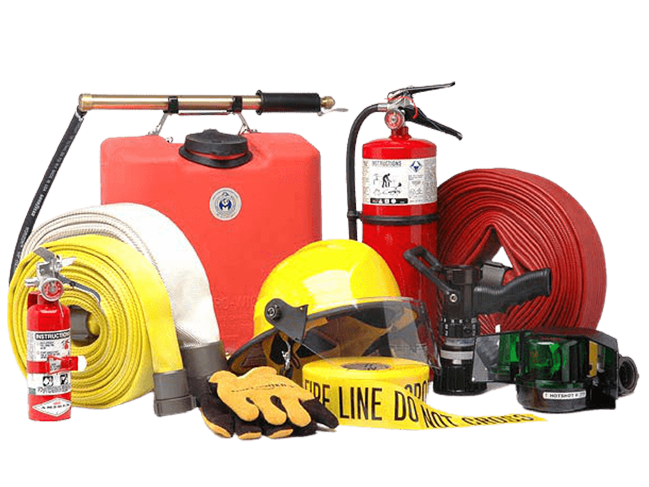Educate Yourself About Firefighting Tools and Techniques
Educate Yourself About Firefighting Tools and Techniques

Introduction
Why You Should Educate Yourself About Firefighting Tools and Techniques Fires can happen anywhere, at any time. And while we all hope it never happens to us, the truth is—what you do in the first few moments of a fire can make all the difference.That’s why educating yourself about firefighting tools and methods isn’t just a smart idea—it’s a critical part of keeping your home, workplace, and loved ones safe.
Let’s break down why this knowledge matters, and how you can equip yourself to respond effectively if the unthinkable happens.
Emergency Fire Safety Tips: How Knowledge Can Save Lives and Minimize Damage
Knowledge = Power in an Emergency. Fires spread fast—sometimes doubling in size every 30 seconds. In those critical early moments, knowing what to do (and what NOT to do) can:
- Prevent injuries or panic
- Minimize property damage
- Buy valuable time for evacuation
- Help you contain a small fire before it gets out of control
Get to Know the Tools of the Trade
You don’t need a firetruck to fight a fire—just the right tools and the know-how to use them. Here are some basics everyone should be familiar with:
- Fire Blankets : Ideal for smothering small fires or wrapping around someone whose clothes are on fire.
- Smoke Detectors & Alarms: Your first warning sign, make sure you know where they're installed and how to test them
- Fire Extinguishers: Know fire types—A (wood/paper), B (liquids), C (electrical), ABC (all-purpose)—and remember PASS: Pull, Aim, Squeeze, Sweep.
- Fire Hose Reels (for commercial or industrial spaces): Not something you’ll find in your home, but in workplaces or public buildings, you should know, where its located and how operate it.
Learn the Different Ways to Fight a Fire
Types of Fires and How to Handle Them Safely
Each type of fire requires a specific approach. Using water on a grease or electrical fire, for example, can make things worse.
- Electrical fires: Unplug if safe, use a Class C extinguisher.
- Solid material fires: Water or Class A extinguisher works fine.
- Gas fires: Shut off the gas supply, use appropriate extinguisher.
- Grease fires: Cover with lid or use Class B extinguisher, never use water.


Take It a Step Further: Fire Safety Training
Consider taking a basic fire safety or fire warden course. Many local fire departments, community centers, or safety organizations offer training that covers:
- Fire prevention
- Safe evacuation
- Extinguisher use
- Emergency planning
Firefighting Knowledge Complements Fire Prevention
Knowing how to respond to a fire doesn’t replace prevention—it strengthens it. When you understand how fires start and spread, you naturally make safer choices in your everyday life.It’s about building a safety-first mindset.
Final Thought
Don’t Wait Until It’s Too Late The time to learn about firefighting tools and techniques isn’t during a fire—it’s now.
Conclusion
Fire doesn’t discriminate, and it doesn’t wait. The more you know, the safer you are—and the better prepared you’ll be to protect the people and spaces you care about.
So read up. Take a course. Get hands-on with that extinguisher.Because when it comes to fire safety, education isn't just helpful—it’s life-saving.


